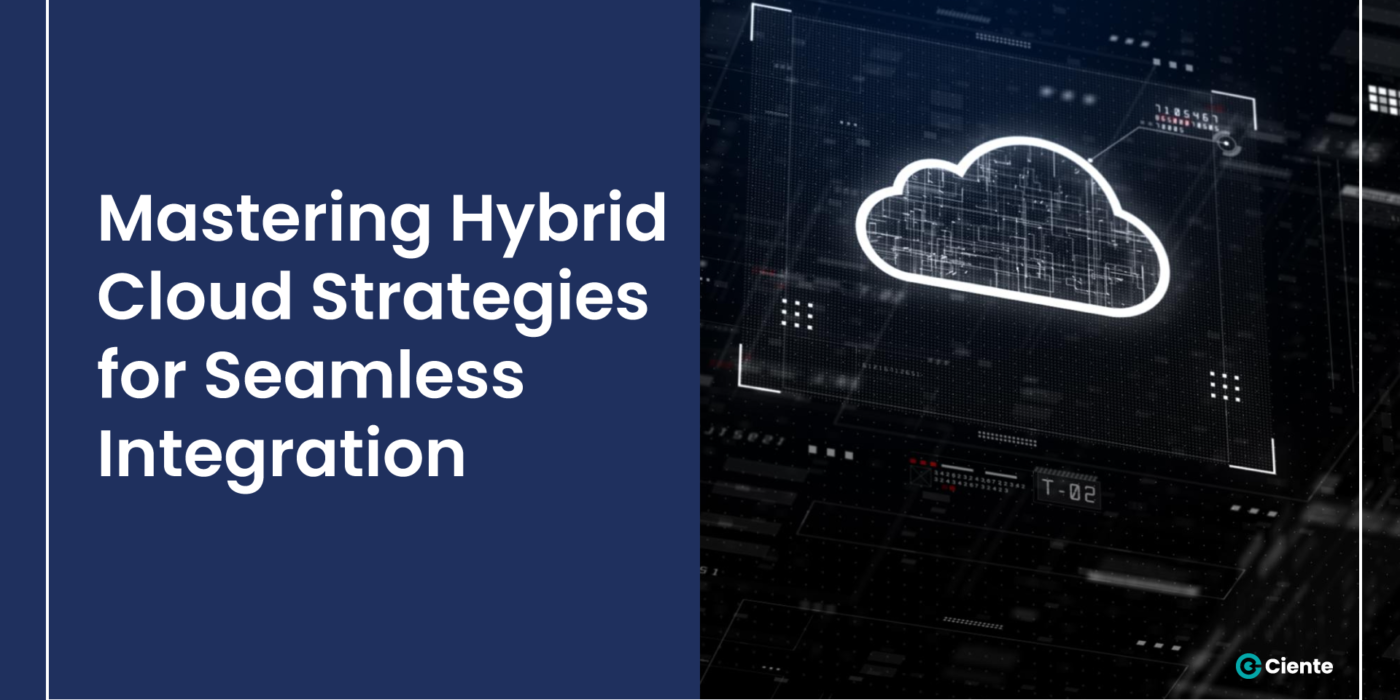Navigating the Future: Sales Alignment Trends to Watch in 2023
Sales and marketing leaders believe that ‘smarketing’ is the way to go for remarkable business growth. Here are some trends to look forward to.
As businesses chart their course in 2023, a key element under their radar is sales alignment. With a drastic shift in the global economy and the unprecedented surge in digitalization, the realm of sales and marketing has experienced profound changes. This article delves into the sales alignment trends for 2023, highlighting how businesses are using sales enablement technology and tools to streamline their sales marketing processes.
To begin, let’s address the question, what is sales and marketing alignment?
Sales and marketing alignment, or ‘smarketing’, is the strategic synchronization between the sales and marketing departments. It’s about breaking down silos and promoting a collaborative and communicative environment where both teams work towards the shared objective of driving business growth. Alignment involves aligning goals, harmonizing strategies, and encouraging dialogue between sales and marketing. The focus is on a unified understanding of the target audience, the company’s offerings, and overall strategic goals.
At its core, successful alignment sees marketing generating high-quality leads and crafting compelling narratives, while sales uses this insight to understand prospects, tailor their approach, and effectively close deals. It’s about shared metrics, recognizing how each role contributes to overall business objectives and how both can support each other. In essence, ‘smarketing’ is a customer-centric approach that optimizes the customer journey, leading to a consistent, personalized experience that boosts satisfaction and loyalty, enhances efficiency, and drives revenue growth. It’s a strategic necessity for businesses aiming for sustained growth in a rapidly evolving landscape.
Why is sales and marketing alignment important?
The answer lies in the fundamental need for cohesion in businesses’ marketing strategies. When the sales and marketing teams are not in sync, it may lead to ineffective communication, missed opportunities, and even conflict. This alignment ensures that the entire revenue generation process, from prospecting to closing deals, is seamless and efficient.
A recent report by LinkedIn highlighted that a significant 87% of sales and marketing leaders believe that teamwork and collaboration between these two departments are essential drivers of crucial business growth. The report further indicated that 60% concur that a lack of alignment between sales and marketing negatively impacts the company’s financial performance. However, the challenge with ‘smarketing’ (sales and marketing) arises due to the differences in objectives, tactics, and measurement metrics of these two traditionally distinct departments.
So, how aligned are other businesses’ sales and marketing departments? Unfortunately, the alignment varies significantly. While some businesses have been successful in achieving tight coordination, others struggle to bridge the gap. The primary factor hindering alignment is the lack of a clear strategy that supports open communication, shared objectives, and mutual understanding.
Sales Alignment Trends in 2023
Given the stakes, here are a few sales alignment trends and sales technology trends to watch in 2023.
Integration of Sales Enablement Technology and Tools
Companies are investing more in technology to streamline their sales and marketing processes. They are focusing on unifying key platforms like Customer Relationship Management (CRM) systems and Content Management Systems (CMS). This integration provides a centralized database for customer information, ensuring that both departments use the same, up-to-date data. Additionally, advanced analytics platforms are being employed to monitor campaign performance, track customer behavior, and make data-informed decisions.
Focus on Data-Driven Strategies
Data has become the cornerstone of marketing and sales strategies. It enables companies to develop a deep understanding of their customers, including their behaviors, preferences, and purchasing habits. In turn, this knowledge allows businesses to craft personalized marketing campaigns and predict future trends. A data-driven approach promotes the alignment of sales and marketing by creating a shared understanding of the target market, which helps teams collaborate more effectively.
Increased Adoption of AI and Machine Learning
Artificial intelligence and machine learning are becoming increasingly prevalent in the realm of sales and marketing. These technologies are automating repetitive tasks, freeing up time for sales and marketing professionals to focus on strategy and creativity. More importantly, AI and ML can analyze complex datasets, identify patterns, and generate insights that assist in creating personalized marketing messages and identifying sales opportunities.
Account-Based Marketing (ABM)
ABM is a targeted strategy that aligns sales and marketing teams around high-value accounts. It involves identifying key prospects or customer accounts, understanding their specific needs, and then tailoring marketing efforts accordingly. By focusing on particular accounts, sales, and marketing teams can develop a unified strategy, leading to more coordinated efforts and ultimately, better results.
Real-Time Communication and Collaboration Tools
Businesses are leveraging technology that supports real-time communication and collaboration to ensure seamless coordination. Tools such as Slack, Microsoft Teams, and Asana enable instant communication, task allocation, and progress tracking. These technologies promote transparency, ensure everyone is on the same page, and accelerate decision-making, thereby fostering alignment between sales and marketing.
Enhanced Customer Experience (CX) Strategy
Aligning sales and marketing teams with a customer-centric approach brings significant benefits. Sales provide direct contact and rapport with customers, while marketing can leverage those insights for better messaging. Collaborative tools, CRM, and analytics help track and predict customer behaviors. This alignment allows teams to understand their customers’ needs better and tailor their offerings to provide a personalized, satisfactory experience throughout the customer journey.
Social Selling and Digital Presence
Social selling involves leveraging social media platforms to connect, understand, and engage with prospects and customers. As per Forbes, a staggering 78% of sales professionals leveraging social media surpass their peers in sales performance. It’s about creating a brand presence, nurturing relationships, and driving engagement with useful and relevant content. By aligning sales and marketing efforts on social media, businesses can maintain a consistent brand voice, target their messages more effectively, and provide a seamless customer experience across platforms.
The Rise of Sales Operations
Sales operations work in the background, ensuring the smooth functioning of sales activities and alignment with marketing strategies. It involves sales planning, forecasting, territory management, incentive structures, and data analysis. Sales operations ensure that sales teams are adequately supported and equipped, reducing inefficiencies and bridging the communication gap with marketing. The rising significance of this role underlines its importance in promoting ‘smarketing’ alignment.
Advanced Training and Development Programs
As businesses acknowledge the criticality of sales and marketing alignment, there’s an increasing emphasis on cross-functional training. These programs educate both teams about the intricacies of each other’s roles, promoting empathy, understanding, and collaboration. With the help of modern eLearning platforms, interactive workshops, and real-time collaboration tools, businesses can foster a culture that values and promotes ‘smarketing’.
Enhanced Use of Metrics and KPIs
Businesses are now identifying shared metrics that equally represent the efforts and achievements of sales and marketing. By monitoring these shared KPIs, teams can better understand how their activities impact each other and the overall business objectives. The adoption of shared metrics promotes transparency and mutual accountability and fosters alignment.
To sum up, these trends emphasize the evolving dynamics of sales and marketing alignment. In 2023, it’s all about leveraging technology, fostering a culture of collaboration, adopting customer-centric approaches, and making data-driven decisions. Businesses that succeed in aligning their sales and marketing strategies stand a better chance of driving growth, enhancing customer satisfaction, and achieving competitive advantage in the increasingly digital marketplace.












